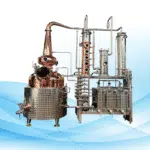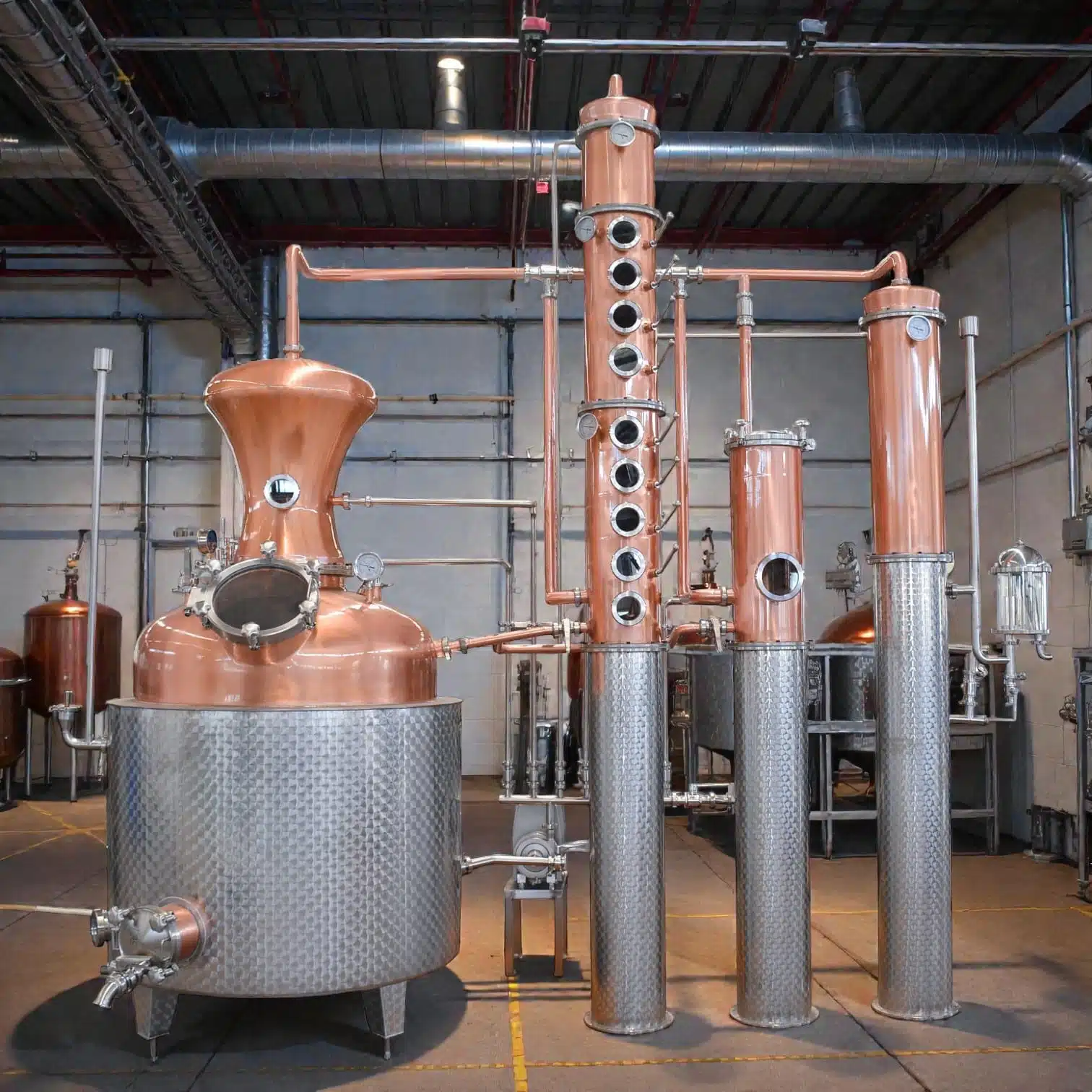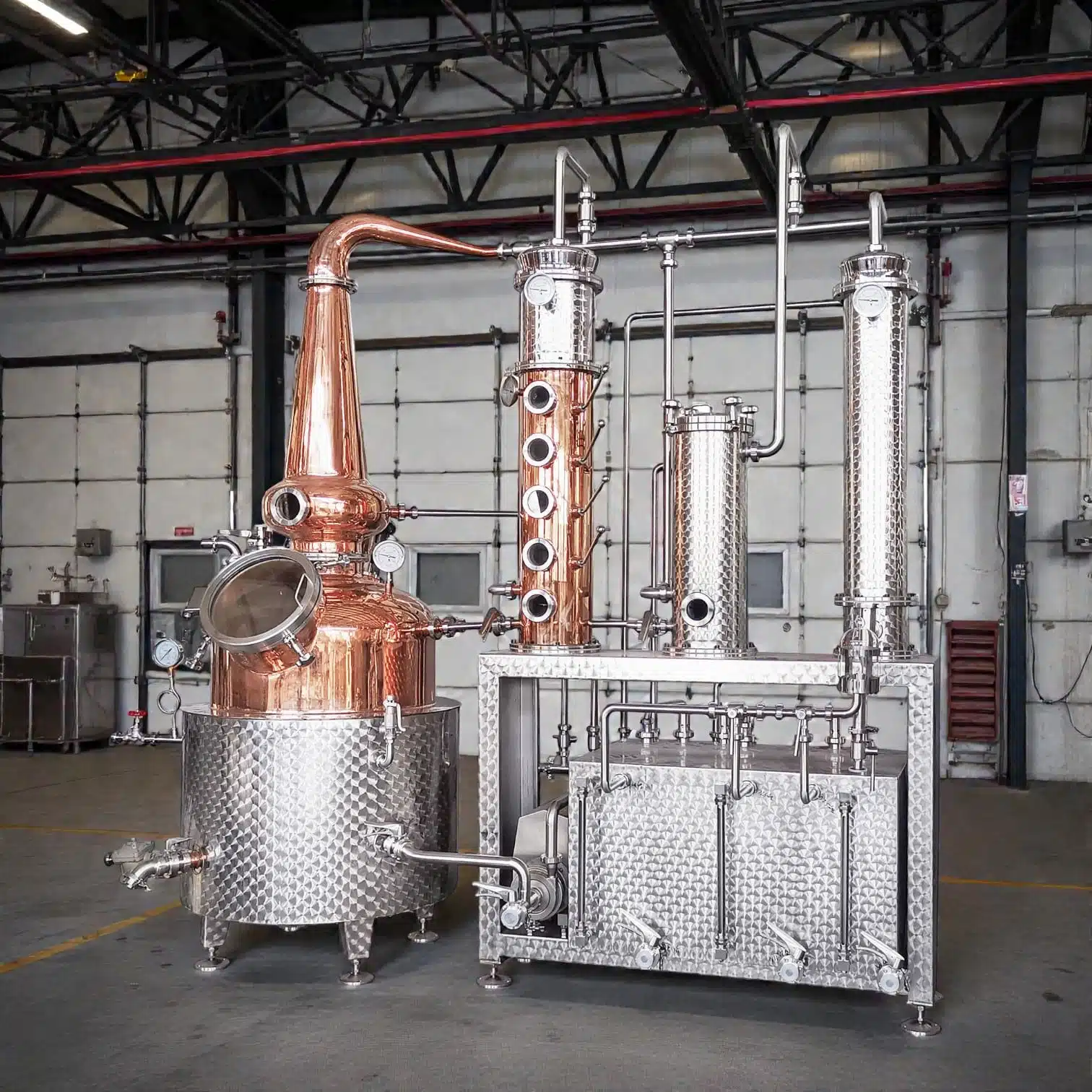What is Kombucha?
For those who don’t know: Kombucha, it is an effervescent-fermented tea drink produced from a symbiotic culture of bacteria and yeast. To produce this beverage, sweetened tea is mixed with the scoby and placed in a suitable environment where it is naturally fermented for a time period of 7–10 days. This drink is why I have a strong opinion about gut health, energy and boosting memory- it contains a plethora of probiotics and organic acids which make it tangy and energizing to drink!

Kombucha Brewing Equipment Materials
Choosing Kombucha brewing equipment wisely is one of the factors that should be kept in mind in maintaining the quality of the final brew. Equipment such as glass and food grade ceramic are widely used to make containers, as they do not interact with the acidic kombucha. Metals, which can inhibit fermentation, and plastics, which can introduce additives, should not be used with kombucha. The following are some common equipment materials along with reasons to use them or avoid using them:
Glass
It is the best alternative for a kombucha container as it does not react easily with acids while remaining tough and easy to clean.
Ceramic
Non-lead, food grade ceramic is another suitable alternative, but metal glazes should be avoided in ceramics.
Stainless Steel
It is a no-no for longer fermentation times as it interacts with acids.
Plastic
Do not use any containers made out of plastic as they introduce unwanted chemicals even if it states food-grade, the acids leach them out.
Kombucha Brewing Process

No one said creating kombucha is an overnight process – A successful kombucha brewing would require you to follow what could only be termed as a step by step checklist that starts from preparing ingredients to making a sweet tea then an addition of the SCOBY, and ending the process with fermentation. Below is a proper description of every step in the brewing process.
1. Prepare Raw Materials
Tea: Dump into the mix black or green tea, as it is absolutely essential for the yeast SCOBY. We recommend caffeinated teas.
Sugar: Use white cane sugar to avoid any interference during the fermentation process of Soft drinks.
Water: The use of filtered water will ensure that your kombucha is free from any impurities which could otherwise be bad for the health of the SCOBY.
SCOBY and Starter Liquid: Combine these two ingredients and a tad bit of mature kombucha which are called starter liquids, and you will be able to start the fermentation process.
2. Equipment
Container: A 1-gallon glass jar is a popular container used for kombucha as it would provide ample room for fermentation while also being easy to work with.
Breathable Cloth Cover: This type of cover allows sufficient oxygen to flow towards the kombucha and keeps it free from contaminants.
Tea Strainer or Filter Bag: This is perfect for making loose-leaf tea.
Stirring Utensils: Combine wood or plastic spoons; this is an aid for stirring the kombucha, as we all know how metal utensils can react with the acids.
Prepare Sugary Tea Concentrate
Start with boiling water and brewing tea leaves in order to yield a strong tea concentrate. Incorporate sugar into the tea when it is hot allowing it to dissolve easily. Wait until the tea is room temperature before putting it into the brewing jar. This step is crucial as tea that is too hot will kill the SCOBY.
Do Add Of Yeast For Fermentation To Begin
After the tea has cooled down, add the sweet tea to the starter and the SCOBY. Put a cheesecloth and a rubber band around the mouth of the container such that it will let air in while keeping dust and pathogens out. Keep the container in a warm dark cupboard for a week or two. The sugars will be used by the SCOBY as food which in turn will make Kombucha that is sour and sweet in taste.
Harvest Kombucha
Every batch of kombucha takes about one month for the fermentation process, but after about a week, you need to check the fizziness level of the kabucha, if it is satisfactory to your liking then it is good to proceed, but if not leave it for some more time. Once your desired taste comes put your hondooly komozu to the side, but set aside some starter liquid and fill a bottle with the remaining kabucha, then put the bottle into a fridge and enjoy your drink!
Equipment Required to Brew Kombucha
All the required equipment for brewing kombucha can have a major effect on the taste but more importantly it has an effect on the entire fermentation process. Here is everything required to have a good brew:
Brewing Container
A glass jar is very effective for creating kombucha, a gallon size jar is the best buy as it has sufficient quantity for normal consumption whilst providing enough space for the SCOBY organism.
Breathable Cloth Cover
Making dust a two-dimensional object, covering is very important and a ban on air with a cloth cover is definitely not the way to go, or cheesecloth is an alternative.
Tea Strainer or Filter Bag
If you like loose tea, then using a filter bag allows liquid to flow without chunks and create a better experience.
Rubber Band
Securing the cloth all to prevent anything from getting in or spreading.
Non-metal stirring tool
Metal spoons stir however they may react with the kombucha acids, wooden are easier to use without the damage risk.
Measuring cups and spoons
For accurate water, tea, and sugar levels.
What to Consider While Buying Kombucha Brewing Equipment?
Here are some factors that need to be looked at while buying any kombucha brewing equipment:
Material
For containers, use glass or food safe ceramics. Such substances will not be leached into by chemicals from metal or low-grade plastics that may have been leached out due to the acidity of the kombucha.
Size of Container
For all uses, a Jar with a capacity of 1-gallon is suitable for home brewers. Beginners can use smaller jars (e.g. half a gallon) and larger jars can be used by advanced users.
Breathability of Cover
Kombucha should ferment in the presence of air, so the sealed lids shouldn’t be used. Use gauze or a coffee sifter in place of lids.
Sturdy and Easy to Clean
Your kombucha equipment should be durable enough for your brewery and still be easy enough to use between batches. Glass is effectively stain resistant and simple to clean.
FAQ
What materials can a kombucha fermentation container be made of?
Kombucha container must be made of glass and food safe ceramic, since those materials do not come into contact with acids. While steel of various grades and a few plastics are classified as food grade, they may not be appropriate for long-term fermentation due to their ability to easily leach into the kombucha and subsequently compromise its quality.
How large should the fermentation container be?
Home brewers usually use a one-gallon container to ensure that there is enough kombucha for drinking while giving the SCOBY some space to expand. However, if you want to make more kombucha and have a bigger SCOBY, you can also use larger containers, while if you are a beginner, smaller ones are a good starting point.
Why is it necessary to have a tea strainer or filter bag?
For individuals who brew loose tea, a tea strainer or a filter bag is important. It encloses the tea leaves within the bag, which may float on top of the kombucha, thus changing its flavor and look.
Why is it necessary to have a stirring tool while brewing kombucha?
When tea-sugar solutions are stirred, it assures proper dissolution of sugar for a better fermentation process. Do not use metal utensils, since kombucha contains acid and may corrode such items. Wooden and plastic spoons will do the job.
Is it alright to use tap water when making kombucha?
As a general recommendation, it is better to avoid using tap water, which has chlorine and other chemicals that may be detrimental to the health of SCOBY. In case you have to use it, it is best to boil it, allow it to cool down to room temperature and then, use it for brewing Kombucha.
Conclusion
Selecting the appropriate container for brewing kombucha is the key determinant for the successful brewing and a fun experience. If you have a food-safe glass or ceramic container, a cloth and utensils, you are good to go for making kombucha. Adhering to these basic practices and using the right tools will guarantee you that you can brew health and delectable Kombucha at home whenever you wish.
Happy brewing!
















